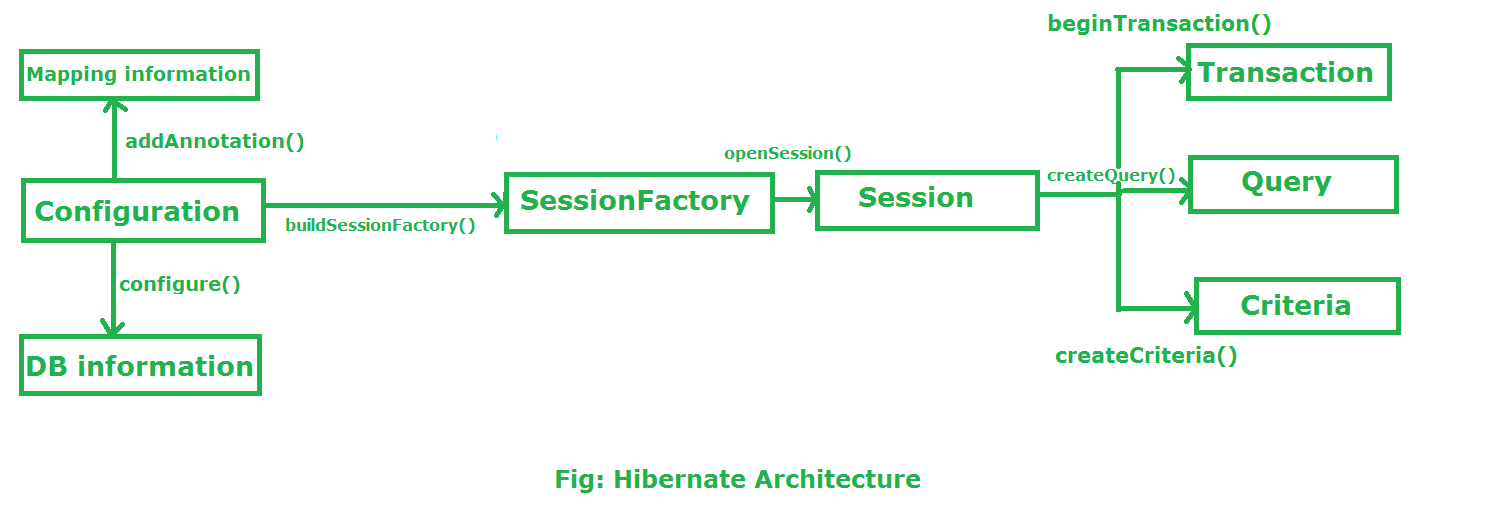

- #Arch hibernate tutorial how to
- #Arch hibernate tutorial install
- #Arch hibernate tutorial update
- #Arch hibernate tutorial software
Additionally, bug fixes and performance improvements for the LTS kernels will be available for at least two years.
#Arch hibernate tutorial install
Use the command below to install packages from AUR.Ī more reliable kernel with improved support for older hardware is what you get when you install an LTS kernel. Syntax: $ sudo pacman -S base-devel git –needed $ cd paru $ makepkg -si Paru is a program that makes it simple to create and install packages from the AUR and all of their dependencies. It attempts to be your typical, low-interaction AUR tool for wrapping pacman. Install Paruīased on the yay design, paru is an AUR helper developed in Rust. Several of these helpers are available, but paru is the one we suggest.
#Arch hibernate tutorial software
We require specialized software called AUR Helpers to fetch packages from AUR. However, pacman does not let us directly fetch these packages. The Arch User Repository (AUR) provides a huge selection of packages and applications. This is how a system with GNOME and GDM looks like. After installing GNOME you can have GDM run every time your system reboot by using the command below. You may also choose to use GNOME’s default display manager “GDM” if you decide to go with GNOME. The LXDM login screen will appear after a system reboot choose your desktop environment from the list and log in. Once you have lxdm installed, you may choose to have it run every time your computer reboots. You can install LXDM for simplicity’s sake. Syntax: $ sudo pacman -S mate mate-extra Install a Display Manager Install lxdmĪ display manager is also required in order to access your desktop environment. Syntax: $ sudo pacman -S plasma Install MATE: Syntax: $ sudo pacman -S xfce4 xfce4-goodies Install KDE: Syntax: $ sudo pacman -S cinnamon nemo-fileroller Install XFCE: Syntax: $ sudo pacman -S gnome gnome-extra Install Cinnamon: Use one of the commands listed below to install your preferred desktop environment after it has finished.


This is essential in to customize Arch Linux after installing it. You must install the X server, the most widely used display server, before installing a desktop environment (DE). Syntax: $ sudo pacman -Syu Install Desktop Environment, Display Manager, and X Server
#Arch hibernate tutorial update
It’s a good idea to check for the most recent update for your Arch System even if you’ve already utilized the most recent release: The steps listed here are command-line-based because of this. We believe that if you use Arch Linux, you are not afraid of using the terminal because it is an expert domain.
#Arch hibernate tutorial how to
How to Customize Arch Linux After InstallingįOSS focuses on beginner-centric approaches, so while there are many GUI-based approaches suggested there, this won’t be the case here. Let’s get to the point and discuss what to do next after installing Arch Linux. Manjaro is modeled like Arch but with less difficulty. Use Manjaro Linux if you want everything to work right away. Many Arch Linux users favor this do-it-yourself (DIY) method. You must do everything, including setting up desktop environments, media codecs, and your preferred programs. You are undoubtedly well aware by this point that Arch Linux offers a minimal installation and enables you to create your own system on top of it. Today, we’ll outline a few straightforward yet crucial steps you should take after installing Arch Linux. What are the steps you must take after installing Arch Linux? You can use this article to get started with Arch Linux and continue learning more about it. In this article, we will be discussing how to customize Arch Linux after installing it. Any system must be installed with users understanding how to operate it and what tasks must be completed for it to function properly.


 0 kommentar(er)
0 kommentar(er)
